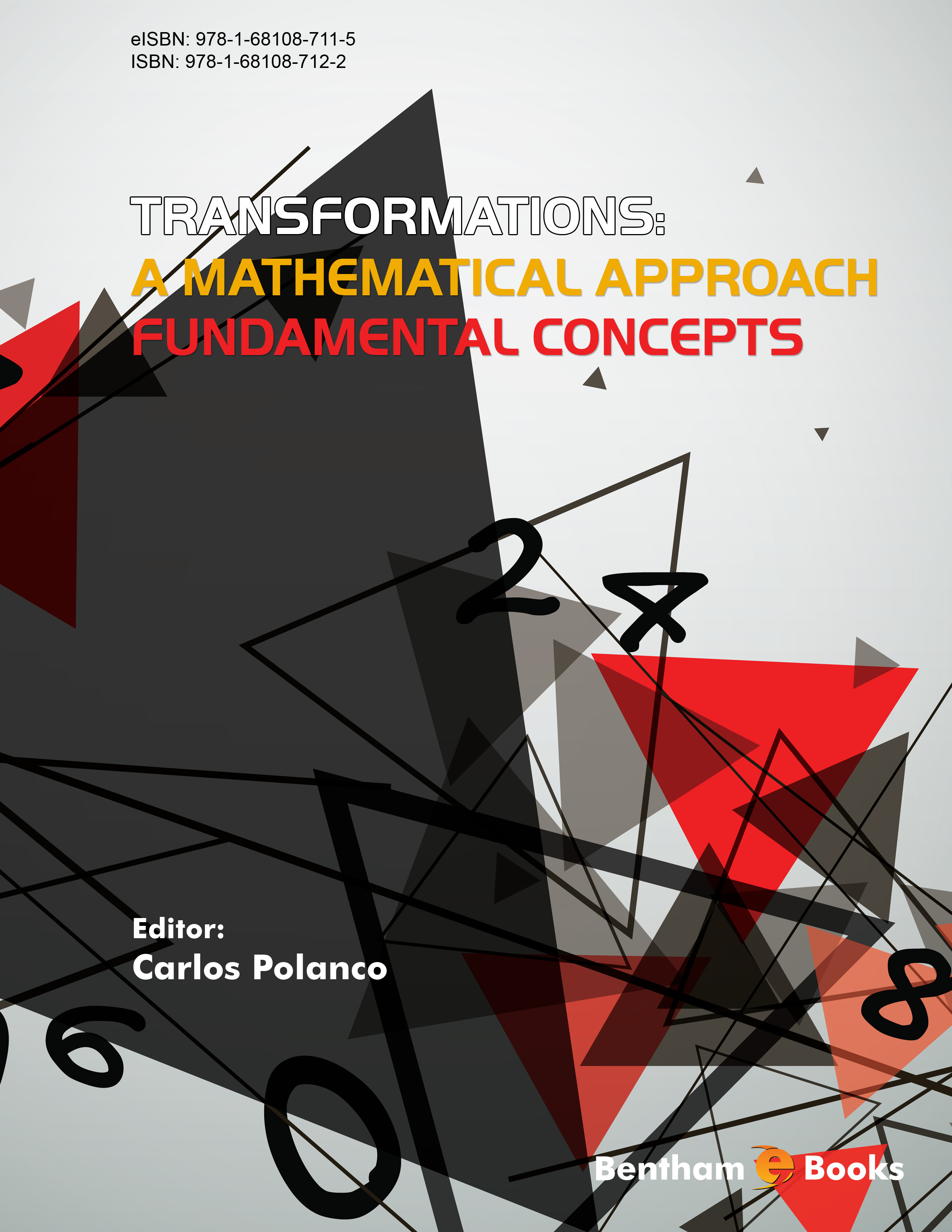Introduction
Mathematical transformations have applications in many everyday artistic (computer graphics and design), industrial (manufacturing) and scientific (informatics) processes. Transformations: A Mathematical Approach covers both the mathematical basics of transformations and technical applications. Readers will find information on the mathematical operators for linear, nonlinear and affine transformations.
Key Features
- - introduces readers to affine transformations, their properties and definitions
- - explains different linear and nonlinear transformations
- - covers the application of transformations in acoustics, actuary, bioinformatics, calculus, cybernetics, epidemiology, genetics, optics, physics, probability and vector analysis
- - includes carefully selected examples for easy understanding
The combination of an easy-to understand text with information on a broad range of basic and applied topics related to transformations makes this textbook a handy resource for students of mathematics and allied disciplines, at all levels.

